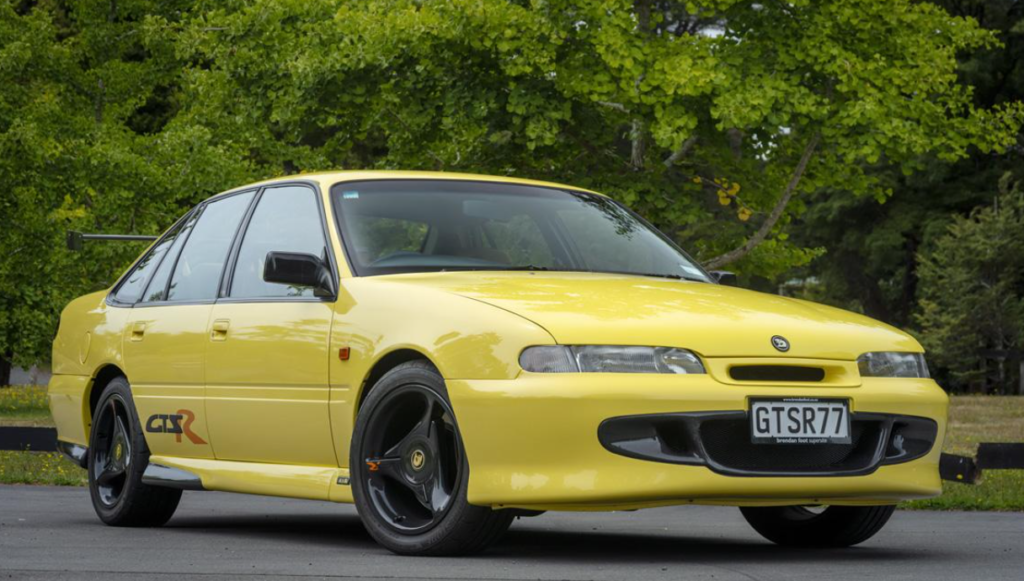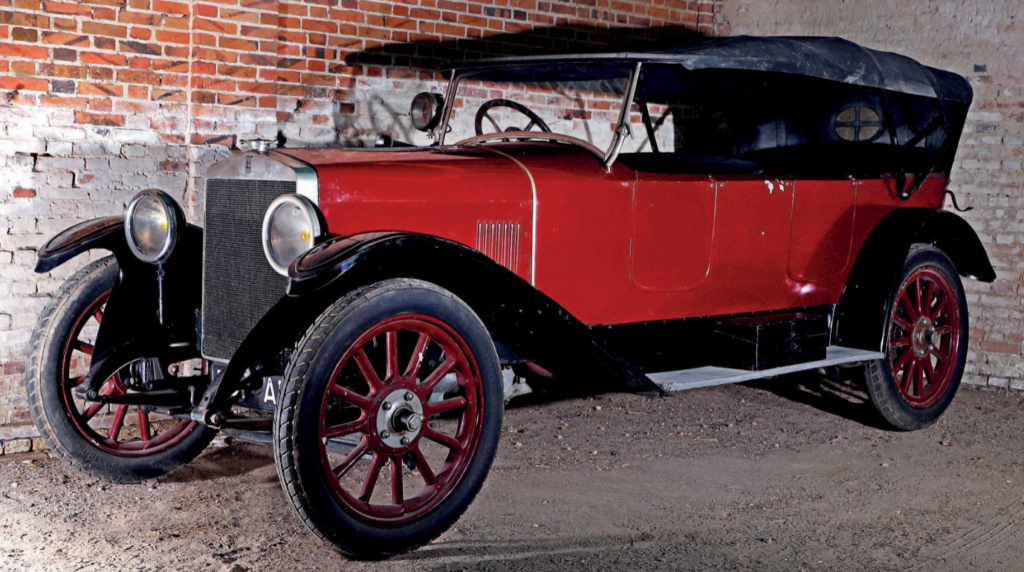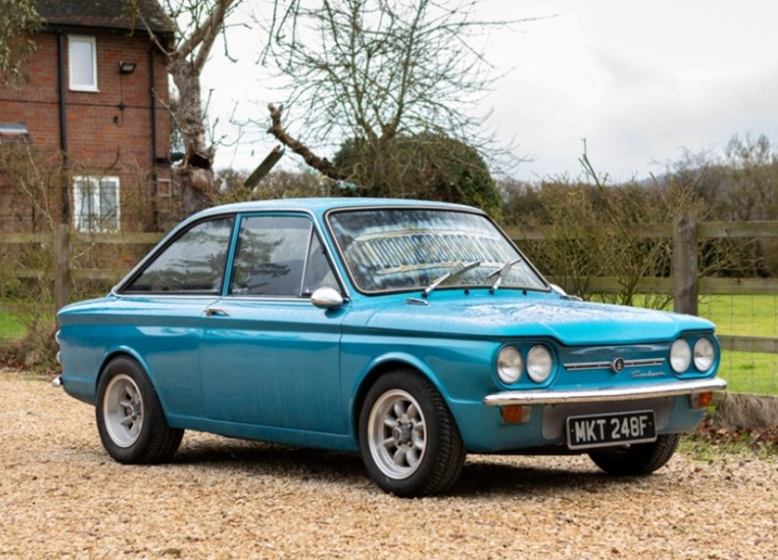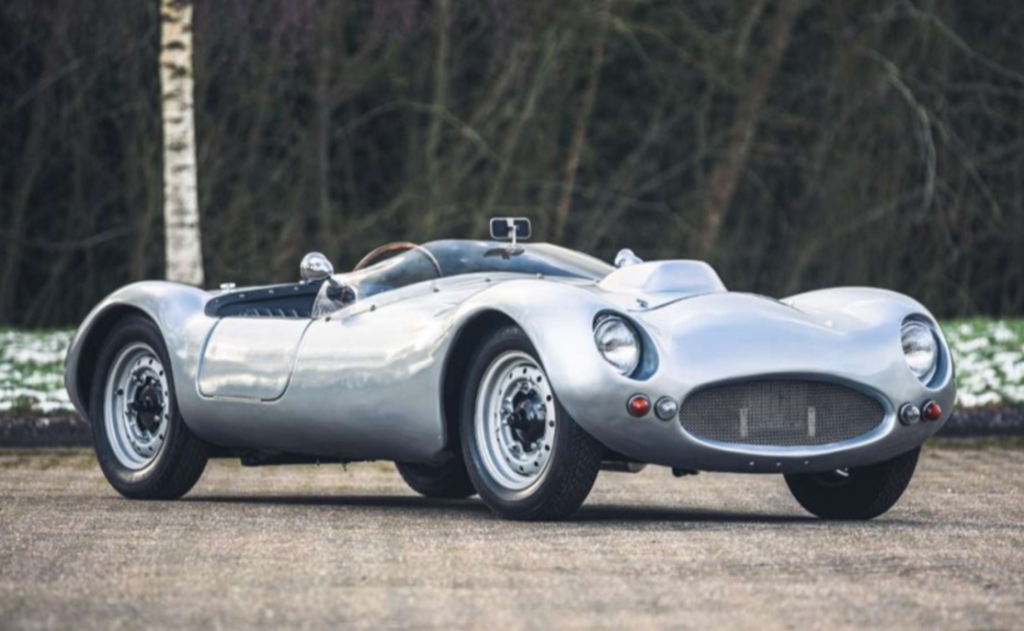1963 Facel Vega Facel II
Offered by Historics Auctioneers | Ascot Racecourse, U.K. | April 17, 2021
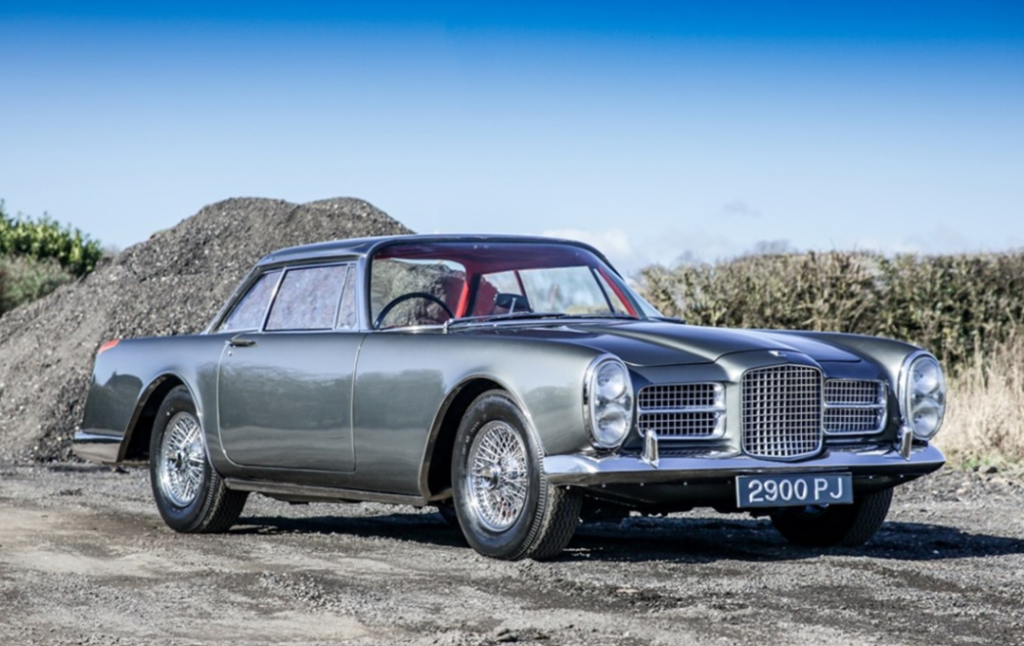
Facel SA was a French company that started as a component manufacturer that turned toward coachbuilding and eventually automobile production. Their first cars went on sale in 1954, and the company ended up bankrupt in 1964. The Facel II was their last gasp.
It’s a two-door, four-seat grand tourer that went on sale in 1962. It’s powered by a 6.3-liter (383) Chrysler V8 good for 355 horsepower. Top speed was 135 mph when equipped with an automatic transmission like this one. The cars were quick in their day – faster than a Gullwing, a DB4, and a 250 GT.
Only about 180 were produced through the end of the road in 1964. This one was on the London Motor Show stand and spent 25 years in storage before being restored in 2017. It is now expected to sell for between $360,000-$430,000. Click here for more info and here for more from this sale.
Update: Not sold.

